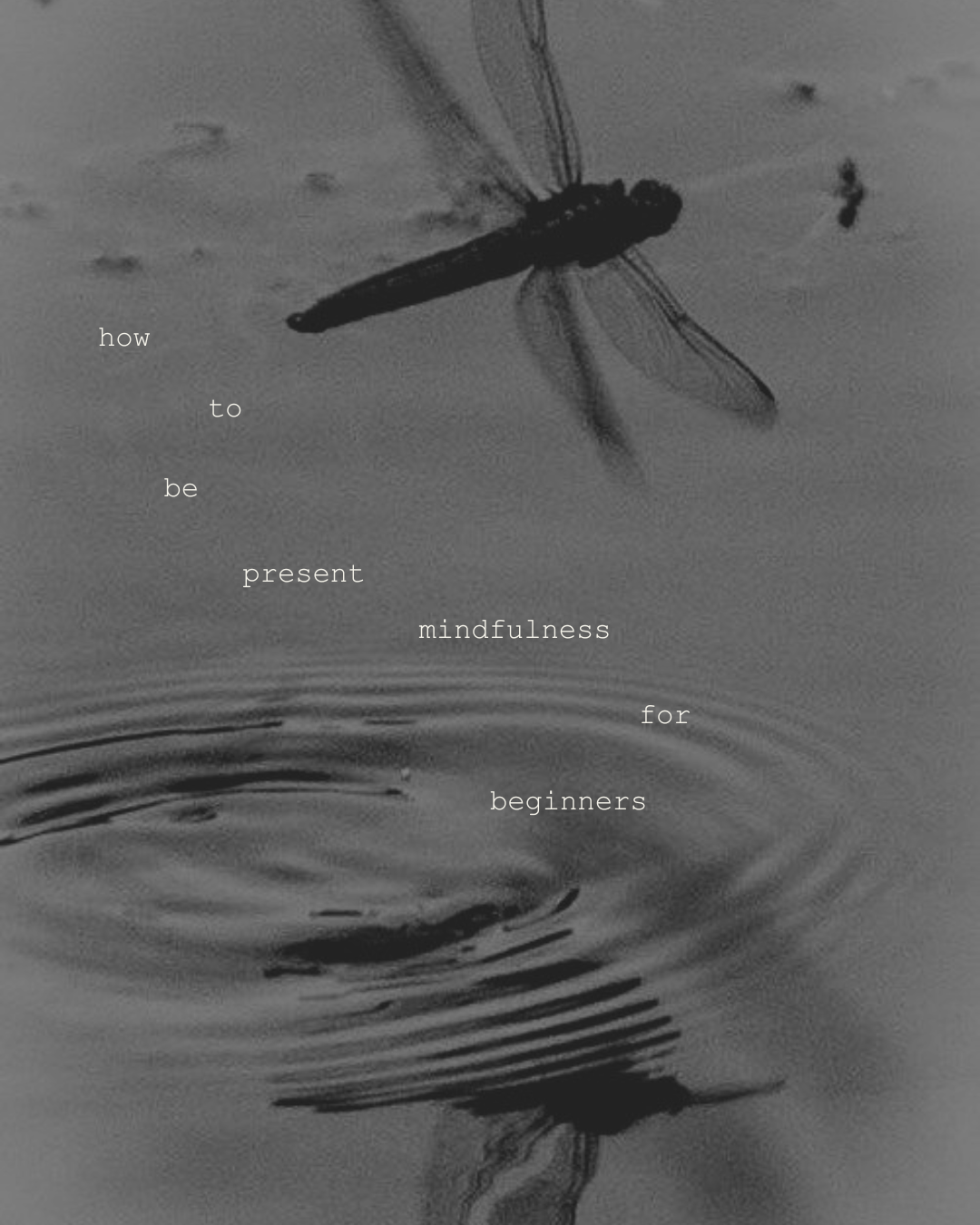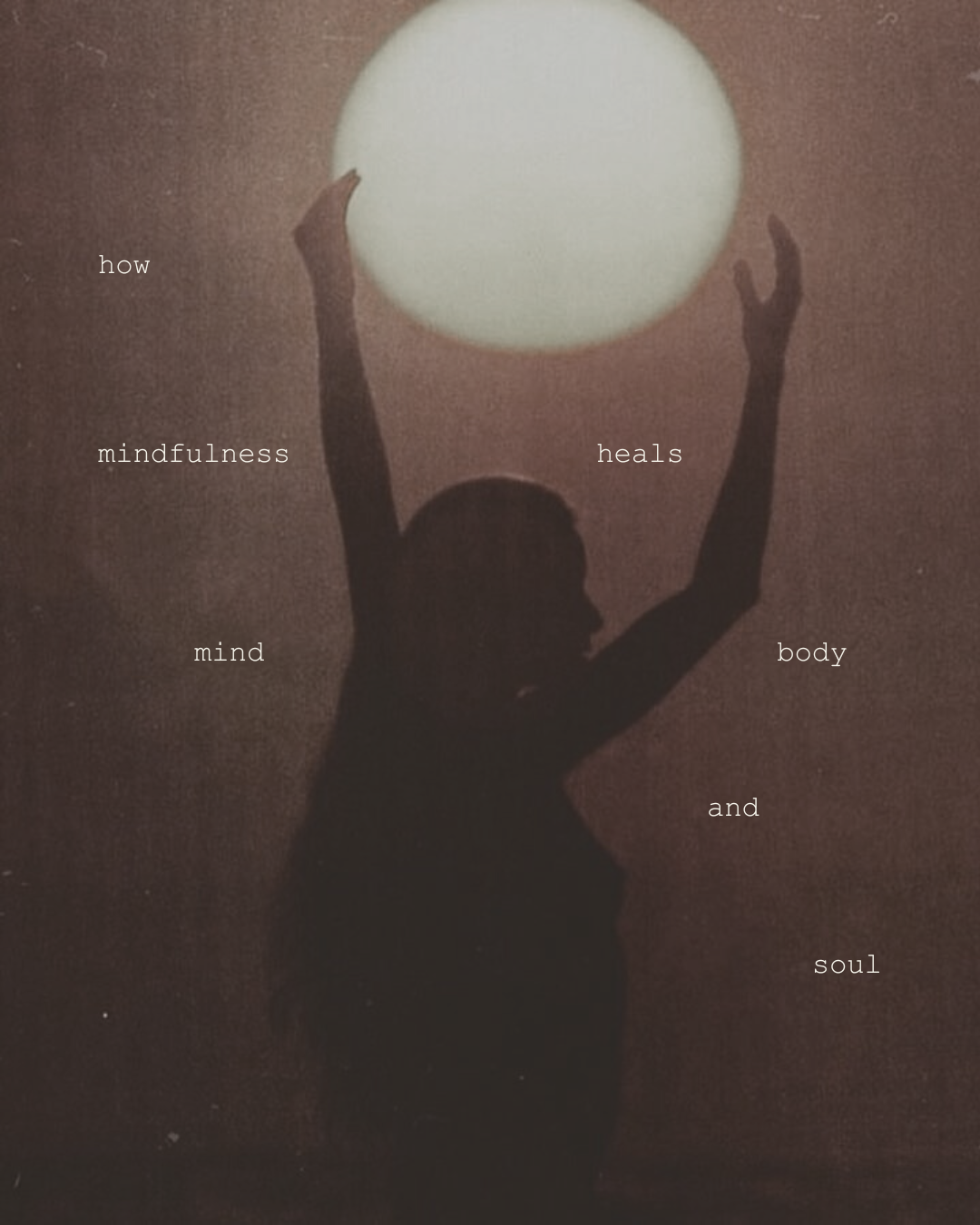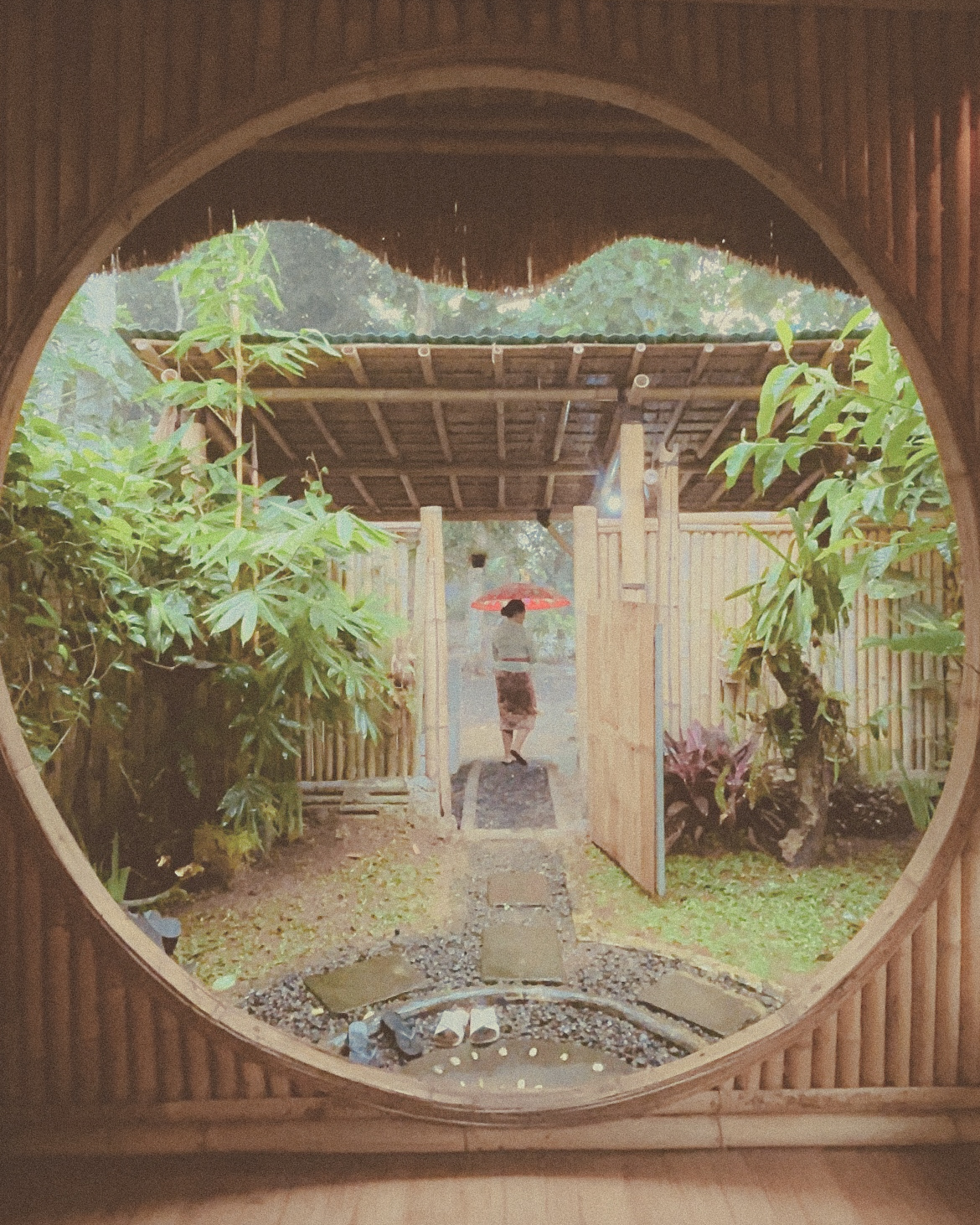When was the last time you were fully present and immersed in the moment? According to a Harvard study, an astonishing 47% of our waking hours are spent distracted, juggling tasks ineffectively—like scrolling through Instagram while watching a movie or mentally planning the day ahead while talking to a friend. The study also reveals a direct link between such mental distractions and increased feelings of unhappiness and isolation.
The good news is that incorporating a straightforward mindfulness practice into our daily lives offers a remedy. Mindfulness involves being completely engaged with the present moment, and it’s accessible to everyone, truly everyone. It’s not just feasible; it’s a powerful way to boost our well-being and overall happiness.
What is Mindfulness?
Mindfulness is the quality of being present and fully engaged with whatever we’re doing at the moment — free from distraction or judgment, and aware of our thoughts and feelings without getting caught up in them.
It involves a conscious direction of our awareness back to the present experience with openness, interest, and receptiveness. Mindfulness is about noticing the life that’s happening right now and making an effort to live in the moment as it unfolds, rather than dwelling on the past or anticipating the future.
A Brief History of Mindfulness
The roots of mindfulness trace back to many ancient Eastern traditions, but most notably Buddhism. Over 2,500 years ago, mindfulness was taught as a way of life, integral to the teachings of the Buddha.
However, mindfulness is not exclusive to Buddhism or any religion; it is a quality that every human being possesses. In the 1970s, Jon Kabat-Zinn, a molecular biologist, was instrumental in bringing mindfulness to Western medicine.
He developed the Mindfulness-Based Stress Reduction (MBSR) program, which demonstrated how mindfulness meditation could assist patients in managing chronic pain and reducing stress.
The Benefits of Mindfulness
Research over the past few decades has revealed numerous benefits of practicing mindfulness, research has found that practicing mindfulness changes the structure and function of your brain in positive ways, and improves various aspects of your well-being such as:
- Reduces Stress: Mindfulness helps in lowering cortisol levels, thereby reducing stress.
- Enhances Emotional Health: It leads to an improvement in mood, decreasing symptoms of depression and anxiety.
- Improves Focus: Regular mindfulness practice can enhance your ability to concentrate and focus.
- Boosts Immunity: Being mindful can lead to stronger immune system functioning.
- Increases Resilience: It aids in developing a more robust coping mechanism, helping individuals recover from adverse situations more swiftly.
Mindfulness Practices You Can Adopt
There are many mindfulness practices that you can add to your life, but here are 5 simple ways to start practicing mindfulness today:
- Mindful Breathing: While all breathwork practices require mindfulness, the most basic way to do mindful breathing is simply to focus your attention on your breath, the inhale and exhale. Simply mentally note inhale as you breathe in and exhale when you breathe out. This can be done anywhere, anytime for as long as you like.
- Body Scan Meditation: This involves paying attention to parts of the body and bodily sensations gradually from head to toe. It’s a way to get in touch with the body, to notice and release tension you might not even realize you’re carrying. There are numerous body scan guided meditations online that you can access for free.
- Mindful Eating: This practice involves paying full attention to the experience of eating and drinking, both inside and outside the body. Notice the colors, smells, textures, flavors, temperatures, and even the sounds of our food.
- Mindful Walking: A simple way to practice mindfulness is on a daily mindfulness walk. Turn your focus to walking, being aware of each step. Notice how your legs, feet, and arms move. Feel the ground beneath your feet and the air against your skin.
- Mindful Listening: This could mean doing a south bath, or sound meditation, or simply by listening to the sounds around you without judgment. Instead of labeling sounds as good or bad, simply listen and allow them to come and go.
Integrating mindfulness into your daily routine doesn’t require any special tools or to purchase anything, it’s merely a dedication to engaging with the present moment with curiosity and an open mind.
Through regular mindfulness practice, you’ll begin to unlock the many benefits, witnessing a gradual yet profound transformation in your life for the better.











